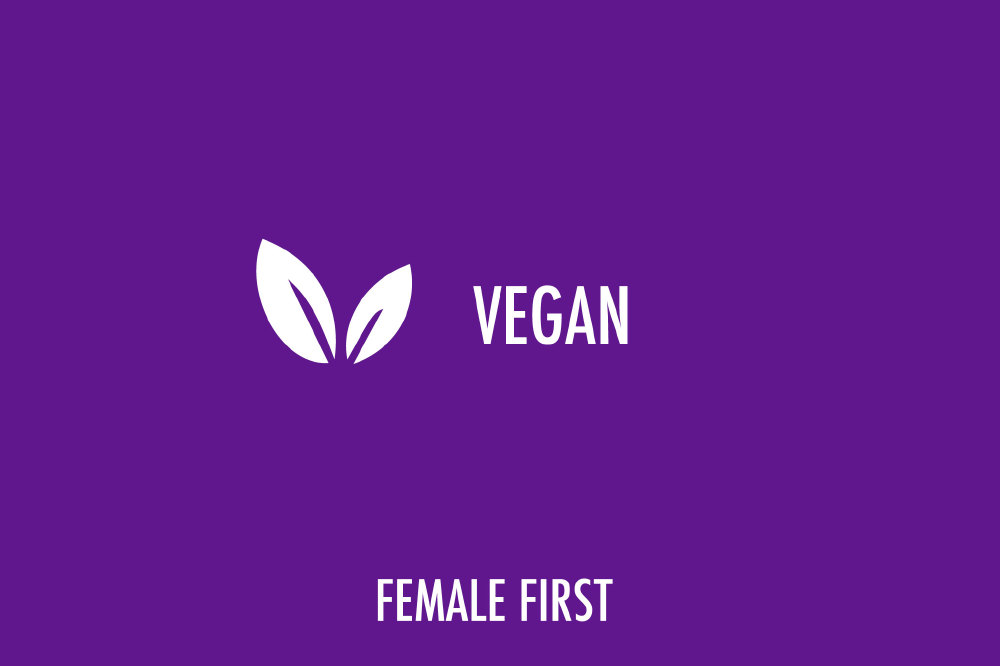Yes, these little guys need our help too, though they are often overlooked. Here are just a few reasons why.

Vegan on Female First
Hard exteriors, sensitive souls
Those armoured bodysuits may look tough, but there’s a living creature inside; one that lives a long time and has to negotiate its environment, avoiding bad experiences and seeking good ones. It’s never possible to be 100% certain what another creature is feeling (don’t we know it). However, research from the University of Belfast showed that decapod crustaceans laid down memories of a painful event; and appeared to weigh up the costs and benefits of taking action to avoid it. This, claimed the authors, is behaviour that is consistent with an experience of pain, rather than a ‘reflex’ response. Crayfish are even thought to experience emotional anxiety when faced with a threat. Any creature likely to experience pain and suffering deserves basic humane treatment, in our opinion.
They are not protected by any UK animal welfare laws
Decapod crustaceans are still not considered ‘animals’ under the Animal Welfare Act 2006 (England and Wales) or its devolved equivalents in Scotland and Northern Ireland. This means that there are no rules at all on how they can be kept or slaughtered. Fancy buying live crabs, completely immobilised in plastic shrink-wrap packages? This made headlines eighteen months ago, but was perfectly legal. Pan too small? No problem, just rip off its tail and cook that. Unbelievably this is still legal in the UK, whilst other countries outlawed it long ago.
Boiling alive takes a lobster up to three minutes to die
Need we say more?
Because they have great vintage wardrobes
Hermit crabs don’t grow their own shells, but inhabit the weird and wonderful cast-offs of other creatures. When they grow out of it, and find a better size, they don’t make the exchange straight away, but wait for others to come along. Then they line up in order of smallest to biggest, a mysterious signal is given, and they all swap outfits at the same time. There’s an idea for a Shoreditch pop-up.
It’s so simple to fix
Other countries like Norway, Switzerland and New Zealand are way ahead of the game. They say: where possible, use an electrical stunner (Waitrose, Tescos, Whole Foods and some top UK restaurants already do this). Require that chefs undergo special training in humane slaughter with a knife. Enough food and a suitable environment to inhabit in the meantime. It’s not rocket science.
Because they are romantics at heart –sort of
Most lobsters and crabs are solitary creatures. However, for a brief period, lobsters like a little company. Females actually undress to mate. They woo the males with lobster “perfume”, crawl into the male’s den, then shed their shell and lie on their back. It’s a myth that lobsters mate for life, but the male lobster will let her stay in his den for a week while her “clothes” grow back.
Because they like a conga as much as the next party
Spiny lobsters make huge migration journeys across the sea floor; but they are thought to be one of the few social species and don’t like to do it alone. Instead, they form great chains of up to 50 lobsters at a time, each one holding onto the next.
Because they’re great percussionists
Crabs and lobsters communicate with each other by drumming with their claws. Try that at the next team meeting and see where it gets you.
Because they’re watching you
Probably. Crabs’ eyes are set on stalks and they can see 360 degrees.
Because it’s the right thing to do
Fundamentally, it doesn’t matter if it’s cute or ugly, furry or bony, like us or unlike us. If we’re going to eat them, the very least we can do is keep an open mind and treat them with a little respect. But as consumers, we need to speak up. Will you help us? Sign our petition and find out more at Crustacean Compassion.
By Maisie Tomlinson at Crustacean Compassion
Tagged in New Zealand

